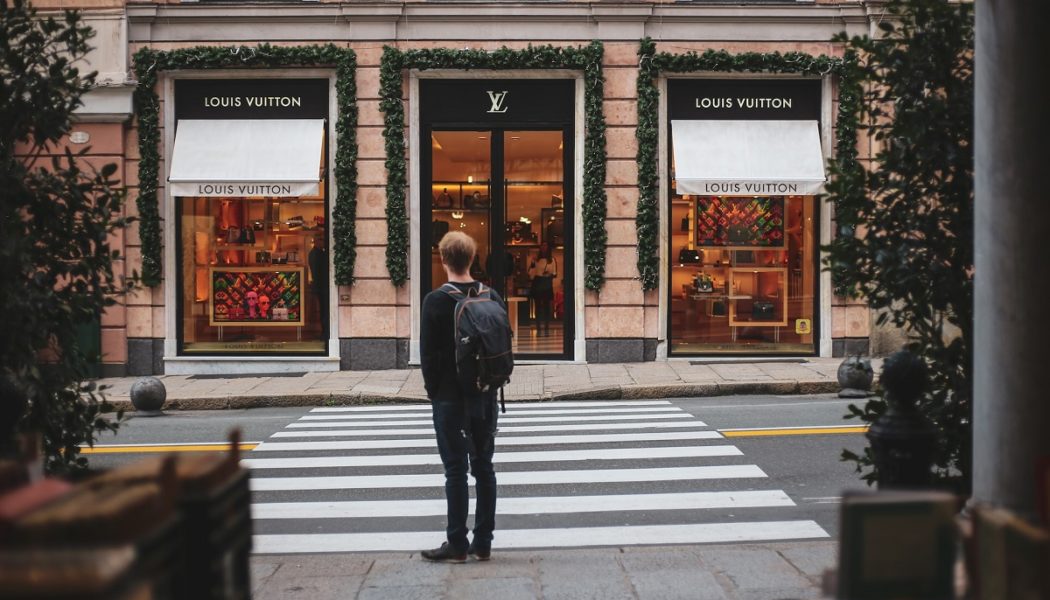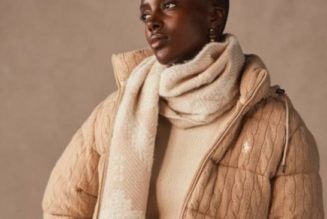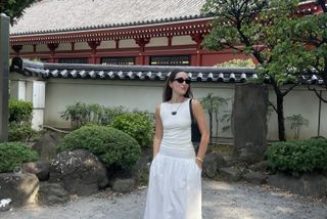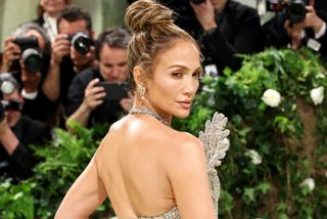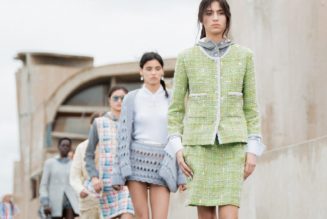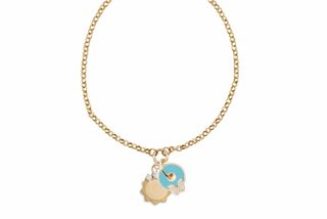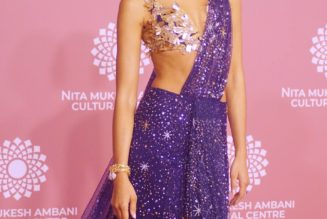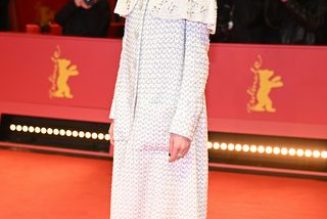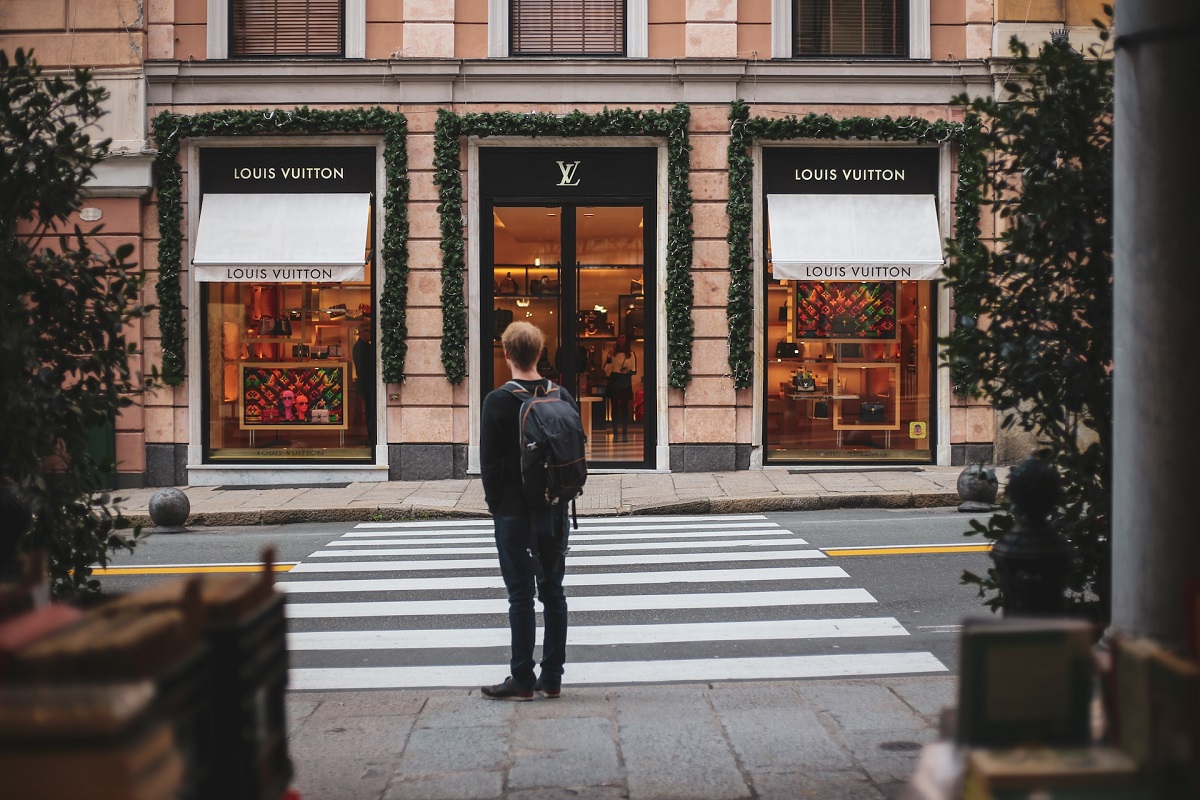
The world of luxury fashion brands is a glittering arena that’s always ready to influence, inspire, and excite. Here, the combination of high quality, exclusivity, and strong brand reputation transforms ordinary items into coveted status symbols.
However, beneath this shining surface lies a complex psychological interplay that drives consumer behaviour towards luxury brands. This article delves into the fascinating realm of fashion psychology to explain how luxury brands manipulate desire and elevate social status.
Understanding Fashion Psychology
Fashion psychology is an emerging field that studies the relationship between individuals and clothing. It investigates why we wear what we wear and how it influences our behaviour, interactions, and perceptions of others.
One vital area of focus in fashion psychology is understanding the appeal of luxury fashion brands.
The Seduction of Status and Luxury
The Concept of Social Capital
At the core of luxury brand appeal is the idea of social capital. Simply put, social capital refers to the potential advantages, such as prestige and influence, individuals gain from their social interactions. Luxury fashion brands have adeptly leveraged this concept by positioning their products as indicators of high social capital.
When someone wears a Gucci handbag or sports a Rolex watch, they’re not merely using an accessory; they’re making a statement about their place in society. This silent communication can lead to increased respect, attention, or envy from others, thereby increasing the individual’s social capital.
Conspicuous Consumption and the Veblen Effect
American economist and sociologist Thorstein Veblen first described the phenomenon of conspicuous consumption in his 1899 book, “The Theory of the Leisure Class.” According to Veblen, people seek out and buy expensive items to demonstrate wealth and enhance social status, even if they go beyond their needs or means.
In fashion, this translates to consumers buying luxury brands as a way of visibly asserting their affluence and standing out from the crowd. Over time, this behaviour has become more pronounced, especially in societies with rapidly increasing wealth. Today, luxury brands play into this desire by creating products that are clearly recognizable – think Louis Vuitton’s iconic monogram or Chanel’s interlocked double C logo.
The Power of Branding and Storytelling
Luxury brands don’t merely sell products; they sell dreams, experiences, and narratives.
They invest heavily in cultivating an image that appeals to our emotions, aspirations, and values. By doing so, they turn their products into objects of desire that go beyond functionality.
Emotional Connection
Luxury brands often evoke strong emotional responses through their marketing campaigns, associating their products with feelings of joy, love, excitement, or empowerment.
This emotional connection transforms their items into symbols of desired experiences or emotions, making them highly appealing to consumers.
Aspirational Marketing
Luxury brands are masters of aspirational marketing. By featuring successful and beautiful individuals using their products, these brands invite consumers to envision a better version of themselves – more stylish, successful, or admired – achieved, in part, by owning their products. In essence, luxury fashion brands sell not just clothes or accessories, but the promise of a desirable lifestyle and identity.
Scarcity and Exclusivity: The Art of Creating Desire
Luxury brands often employ the principle of scarcity to enhance their appeal. Limited edition items or “hard-to-get” products create a sense of urgency and exclusivity, which can increase desirability exponentially.
The thrill of owning something rare and exclusive can drive consumers to go to great lengths to acquire these items, reinforcing the status and desirability of the brand.
The Role of Accessories in Luxury Fashion Psychology
Accessories are often regarded as the finishing touches that complete a look. They range from jewellery, belts, and handbags to scarves, hats, and even glasses. In the context of luxury fashion, these items serve a purpose beyond functionality or even aesthetics; they become potent symbols of personal style, status, and identity.
As an example of this wider trend, even when individuals choose to order glasses online, their selection can reflect their tastes and aspirations. Understanding the psychological appeal of luxury accessories can further illuminate the allure of high-end fashion brands.
Accessories as Social Capital
Echoing the broader fashion psychology concepts, luxury accessories are potent symbols of social capital. Brands such as Hermès, Cartier, and Bvlgari have built a reputation for high-end accessories that symbolize wealth, sophistication, and taste. The woman who carries a Hermès Birkin bag or the man wearing a Cartier watch is projecting an image of success and social prestige.
Through the act of owning and using these items, they are silently communicating their elevated status and increasing their perceived social capital.
Conspicuous Consumption of Accessories
The Veblen Effect, or conspicuous consumption, is also evident in the world of luxury accessories. Consumers often opt for highly recognizable designs, such as Tiffany & Co.’s heart pendant or Gucci’s double G belt, to visibly display their affluence.
They choose these items not just for their inherent beauty or craftsmanship, but for the cachet associated with the brand and the perceived prestige it confers upon the wearer.
Storytelling and Emotional Connection
Luxury accessory brands excel in crafting narratives that imbue their products with an emotional and aspirational appeal. These brands weave compelling stories around their creations, connecting them to themes of love, success, or individuality.
For example, the purchase of a Pandora charm bracelet becomes a personalized journey, with each charm representing a meaningful event or aspect of the wearer’s life. This storytelling enhances the emotional connection consumers have with these items, making them more than just fashion accessories; they become personal talismans of their life’s story.
Scarcity and Exclusivity
Scarcity and exclusivity are powerful drivers in the luxury accessories market. Brands often release limited editions or hard-to-find items to create a sense of urgency and exclusivity.
The waitlist for a Hermès Birkin bag, for instance, not only inflates its desirability but also elevates its status symbol, given that only a select few can own it. This strategy harnesses the human desire for rarity, leading to higher demand and further reinforcing the status and prestige associated with the brand.
Fashion Psychology and the Future of Luxury Brands
Understanding the psychological underpinnings of luxury brand appeal is critical not only for marketers but also for consumers, offering insights into why we desire what we desire. As we move forward, the concepts of status and luxury are likely to evolve, reflecting societal changes and individual values.
Nonetheless, the core principles of fashion psychology – social capital, conspicuous consumption, emotional and aspirational marketing, and scarcity – will continue to influence our relationship with luxury fashion brands. By unravelling these complex mechanisms, we can become more conscious consumers, capable of making informed decisions that reflect our genuine needs and values.
